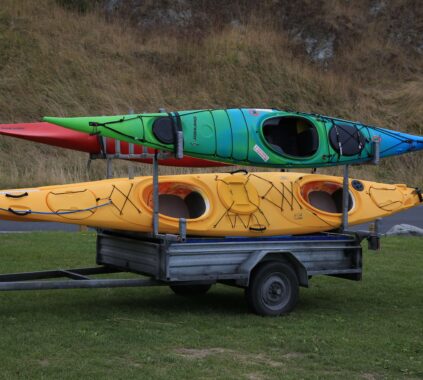
Introduction:
When it comes to boating, safety should always be a top priority. A reliable life vest is one essential piece of safety equipment that every woman should have. This comprehensive guide will delve into the world of women’s life vests for boating, covering everything from key features to consider, different types of life vests available, and important tips for choosing the right one. We aim to provide you with all the information you need to make an informed decision and ensure your safety while enjoying your boating adventures.
Understanding the Importance of Women’s Life Vests:
1. Ensuring Personal Safety on the Water:
Boating can be a thrilling and enjoyable experience, but it also comes with inherent risks. Accidents happen; having the right safety gear can make all the difference. A women’s life vest is designed to provide buoyancy and keep you afloat in an emergency. It is crucial to understand that not all life vests are created equal. Choosing a well-fitting and appropriate life vest can greatly enhance your chances of staying safe and secure on the water.
2. Types of Women’s Life Vests:
Various types of life vests are available for women, each designed with specific purposes and water activities in mind. Here are some common types you should be aware of:
- Type I: Offshore Life Vest:
Type I life vests are the most buoyant and suitable for offshore boating or activities in remote areas. These vests are designed to turn an unconscious person face up in the water and provide the highest level of buoyancy. They are typically bulkier and less comfortable for extended wear, but their primary focus is maximum flotation and survival.
- Type II: Nearshore Life Vest:
Type II life vests are suitable for nearshore boating where quick rescue is expected. While they provide slightly less buoyancy than Type I vests, they are more comfortable to wear for extended periods. These vests are designed to turn most unconscious wearers face up and are commonly used in recreational boating.
- Type III: Flotation Aid:
Type III life vests are designed for activities where rescue is expected to be quick. They are popular among boaters in water sports like kayaking, waterskiing, or canoeing. These vests offer freedom of movement and are comfortable to wear for extended periods. However, they require the wearer to tilt their head back to avoid face-down flotation.
- Type IV: Throwable Devices:
Type IV life vests are not worn but thrown to someone in distress. They include throwable cushions, rings, or horseshoe buoys. It’s important to have at least one Type IV device on board in an emergency.
- Type V: Special Use Devices:
Type V life vests are designed for specific activities such as windsurfing, paddleboarding, or water skiing. They offer the highest level of performance and buoyancy but are only effective for the specific activity they are designed for. These vests often require the wearer to follow specific instructions for proper use.
Key Considerations When Choosing a Women’s Life Vest:
- Proper Fit and Sizing:
One of the most crucial aspects of selecting a women’s life vest is ensuring a proper fit. A life vest that is too loose or too tight can compromise its effectiveness. It’s important to refer to the manufacturer’s size chart and measurements to find the right size for your body type. Always try on the life vest before purchasing to ensure a comfortable fit and ease of movement.
- Buoyancy and Flotation:
Different boating activities require varying levels of buoyancy. Consider the type of boating you will engage in and choose a life vest with appropriate flotation characteristics. Type I and Type II vests provide higher buoyancy and are ideal for offshore or rough waters, while Type III vests are suitable for recreational activities near the shore.
- Visibility and Reflective Elements:
In emergencies, visibility is crucial for rescue teams to locate you quickly. Opt for a life vest with bright colors, reflective elements, or built-in signaling devices to enhance your visibility on the water.
- Comfort and Mobility:
Since you’ll likely be wearing your life vest for extended periods, comfort and mobility are important factors. Look for vests with adjustable straps, padded shoulders, and breathable materials. This will ensure that you can move freely and comfortably without compromising safety.
Conclusion:
Investing in a high-quality women’s life vest is essential for every boating enthusiast. By understanding the different types of life vests available and considering key factors such as fit, buoyancy, visibility, and comfort, you can make an informed decision that ensures your safety on the water. Remember, a well-chosen life vest can be a lifesaver in emergencies and provide peace of mind during boating adventures.













